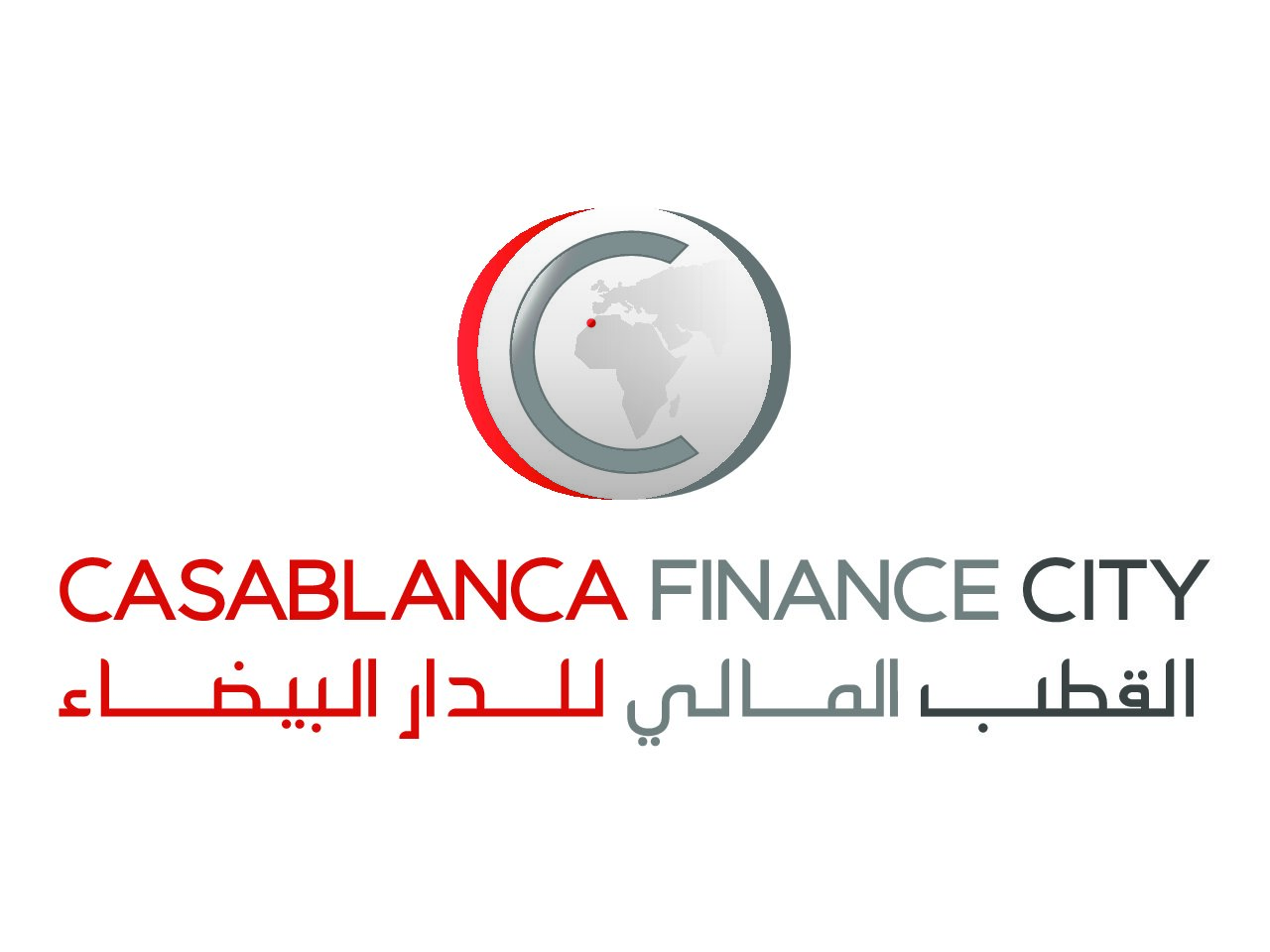Exploring Different Types of Project Financing
Project financing is a critical tool in the world of business and investment. It’s the lifeblood that fuels large-scale projects, from infrastructure to energy.
But what exactly is project financing? How does it differ from traditional corporate financing?
In essence, project financing is a method where the funding is secured by the project’s own cash flow. This means the project’s assets, rights, and interests are used as collateral.
This article will delve into the various types of project financing. We’ll explore equity financing, debt financing, and mezzanine financing, among others.
We’ll also shed light on large project financing and project bond financing. These are key mechanisms for funding substantial projects that have a long-term impact.

Whether you’re a project manager, an investor, or a finance student, this article will provide a comprehensive understanding of project financing. Let’s dive in.
Understanding Project Financing
Project financing is a unique form of funding. It’s not like traditional corporate financing where companies secure loans based on their overall creditworthiness.
Instead, project financing is all about the project itself. The project’s potential revenue is what attracts investors and lenders.
This type of financing is often used for large-scale projects. These projects are usually capital-intensive and have a long-term lifespan.
Here are some key features of project financing:
- Non-recourse or limited recourse to the sponsors
- Use of project’s cash flow for repayment
- Risk allocation among project sponsors and other stakeholders
The Basics of Project Financing
Project financing is a complex process. It involves careful planning, detailed feasibility studies, and rigorous due diligence.
The first step is to assess the project’s viability. This involves analyzing the project’s potential revenue and costs, as well as its risks and returns.
Once the project is deemed viable, the next step is to structure the financing. This involves deciding on the mix of debt and equity, and identifying potential lenders and investors.
Key Players in Project Financing
There are several key players in project financing. These include the project sponsors, lenders, and investors.
Project sponsors are usually the companies that initiate the project. They are responsible for the project’s execution and management.
Lenders provide debt financing for the project. They are typically banks, financial institutions, or bondholders.
Investors, on the other hand, provide equity financing. They are usually private equity firms, venture capitalists, or individual investors. They expect a return on their investment once the project starts generating revenue.
Types of Project Financing
There are several types of project financing. The choice depends on the project’s needs, risks, and potential returns.
The three main types are equity financing, debt financing, and mezzanine financing. Each has its own benefits and considerations.
Here’s a brief overview of each type:
- Equity Financing: Investors provide capital in exchange for ownership stakes in the project.
- Debt Financing: Lenders provide loans that need to be repaid with interest.
- Mezzanine Financing: A hybrid of debt and equity financing, offering flexibility in repayment terms.
Equity Financing
Equity financing involves selling ownership stakes in the project. This is usually done in exchange for capital.
Investors who provide equity financing become part-owners of the project. They share in the project’s profits and losses.
Equity financing is riskier for investors. But it can also offer higher returns if the project is successful.
Debt Financing
Debt financing involves borrowing money to fund the project. The borrowed money must be repaid with interest.
Lenders who provide debt financing do not get ownership stakes in the project. Instead, they have a claim on the project’s future cash flows.
Debt financing is less risky for lenders. But it can increase the financial burden on the project, especially if the project does not generate expected revenues.
Mezzanine Financing
Mezzanine financing is a mix of debt and equity financing. It offers more flexibility in repayment terms.
In mezzanine financing, lenders provide loans that can be converted into equity if the loan is not repaid on time. This gives lenders the potential to become part-owners of the project.
Mezzanine financing can be more expensive than other types of financing. But it can also provide a safety net for both lenders and project sponsors.
Large Project Financing
Large project financing is often used for major infrastructure, energy, and construction projects. These projects require substantial capital and have long gestation periods.
The financing structure for large projects is typically complex. It involves multiple parties, including project sponsors, lenders, investors, and sometimes government entities.
Large project financing also requires careful risk management. This is due to the high stakes involved and the long-term nature of the projects.
Sector-Specific Considerations
Different sectors have unique considerations when it comes to project financing. For instance, infrastructure projects often involve public-private partnerships.
In the energy sector, project financing may be influenced by regulatory policies and market dynamics. For example, renewable energy projects may benefit from government incentives.
In the construction sector, project financing deals often include off-take agreements. These agreements ensure a market for the project’s output, reducing financial risk.
Project Bond Financing
Project bond financing is another form of project financing. It involves issuing bonds to raise capital for a project.
These bonds are typically issued by a special purpose vehicle (SPV). The SPV is created specifically for the project and is separate from the project sponsor’s other operations.
Project bonds can be an attractive option for long-term funding. They can provide a steady stream of income for investors and spread the risk of the project.
Advantages of Project Bonds
Project bonds offer several advantages. They can provide long-term, fixed-rate financing, which is often needed for large projects.
They also allow project sponsors to tap into a broader investor base. This can include institutional investors, such as pension funds and insurance companies.
Moreover, project bonds can help diversify a project’s financing structure. This can reduce reliance on bank loans and enhance financial stability.
Structuring Project Bonds
Structuring project bonds requires careful planning. The terms of the bonds, including the interest rate and maturity date, must be set.
The bonds must also be rated by a credit rating agency. This rating can influence the bonds’ attractiveness to investors and their pricing.
Finally, the bonds must be marketed and sold to investors. This process can involve roadshows and other promotional activities.
Risk Management in Project Financing
Risk management is a crucial aspect of project financing. It involves identifying, assessing, and mitigating the various risks associated with a project.
These risks can include financial risks, such as interest rate and currency fluctuations. They can also include operational risks, such as delays or cost overruns.
Effective risk management can help ensure the success of a project. It can also protect the interests of the project’s sponsors, lenders, and investors.
Mitigating Financial Risks
Financial risks can be mitigated in several ways. One common method is through hedging strategies, such as futures and options.
These strategies can help protect against changes in interest rates or currency values. They can also help manage commodity price risks, which can be significant in projects involving natural resources.
Insurance can also play a role in mitigating financial risks. For example, performance bonds can provide compensation if a contractor fails to meet its obligations.
Legal and Regulatory Considerations
Legal and regulatory considerations are also important in project financing. These can include laws and regulations related to environmental protection, labor standards, and corporate governance.
Compliance with these laws and regulations is essential. Non-compliance can result in penalties, legal action, and reputational damage.
Legal and regulatory risks can be managed through careful planning and due diligence. This can involve legal reviews, compliance audits, and ongoing monitoring.
Conclusion: The Future of Project Financing
Project financing continues to evolve in response to changing economic conditions and technological advancements. Innovations in financial technology, for instance, are creating new opportunities for project financing.
Sustainability is also becoming a key consideration in project financing. More and more, projects are being evaluated not just on their financial returns, but also on their environmental and social impacts.
In conclusion, project financing remains a vital tool for funding large-scale projects. By understanding the different types of project financing and their associated risks, project sponsors, lenders, and investors can make more informed decisions and contribute to successful project outcomes.





























